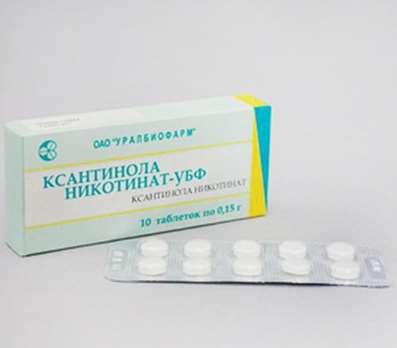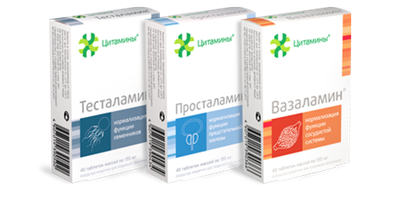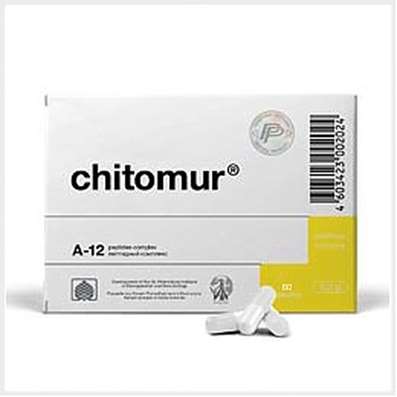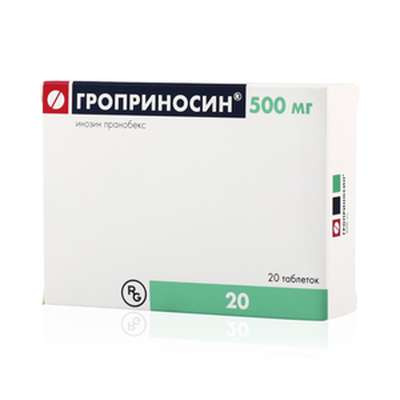Instruction for use: Xalatamax
I want this, give me price
Dosage Form: eye drops
Active substance: Latanoprost*
ATX
S01EE01 Latanoprost
Pharmacotherapeutic groups:
Antiglaucoma means - prostaglandin F2α analogue synthetic [Prostaglandins, thromboxanes, leukotrienes and their antagonists]
Antiglaucoma means - prostaglandin F2α analogue synthetic [Ophthalmic agents]
The nosological classification (ICD-10)
H40.0 Glaucoma suspected: Severe elevation of intraocular pressure; Hypertension of the eye; Eye hypertension; Measurement of intraocular pressure; Ophthalmic Hypertension; Increased IOP; Increased intraocular pressure; Increased intraocular pressure in infectious diseases of the eyes; Increased intraocular pressure; Increased ophthalmotonus; Spontaneous blockade of the angle of the opposite eye; Narrow chamber angle; Iatrogenic blockade of the angle of the opposite eye
H40.1 Primary open angle glaucoma: Open-angle glaucoma; Open angle glaucoma; Primary glaucoma; Pseudoexfoliation glaucoma; Increased IOP
Composition
Eye drops 1 ml
active substance: Latanoprost 0.05 mg
Auxiliary substances: benzalkonium chloride - 0.2 mg; Sodium dihydrogen phosphate monohydrate - 4.6 mg; Sodium hydrophosphate - 4.74 mg; Sodium chloride - 4.1 mg; Purified water - 996.31 mg
Description of dosage form
Colorless transparent liquid.
Pharmacology
Mode of action - antiglaucoma, lowering the intraocular pressure.
Pharmacodynamics
Latanoprost is an analogue of PG F2α and a selective agonist of FP receptors. Reduces intraocular pressure by increasing the outflow of aqueous humor and has anti-glaucoma effect. The main mechanism of action of latanoprost is associated with an increase in uveoscleral outflow. Does not have a significant effect on the production of aqueous humor and does not affect the hemato-ophthalmic barrier. Decrease in intraocular pressure begins 3-4 hours after the administration of the drug, the maximum effect is observed after 8-12 hours, the duration of action is not less than 24 hours.
Pharmacokinetics
It penetrates well through the cornea, with the hydrolysis of latanoprost to the biologically active form - latanoprost acid. Cmax of latanoprost in aqueous humor is achieved approximately 2 hours after topical application of the preparation. In the eye tissues, latanoprost acid is not practically metabolized; Metabolism occurs mainly in the liver. T1 / 2 is 17 minutes. The main metabolites - 1,2-dinor- and 1,2,3,4-tetranor metabolites - do not possess or have weak biological activity, are excreted by the kidneys.
Indications of the drug Xalatamax
Open-angle glaucoma;
Increased intraocular pressure.
Contraindications
Individual hypersensitivity to latanoprost, benzalkonium chloride or other components of the drug;
Age to 18 years.
With caution: in patients with aphakia, pseudoafacies, damage to the posterior capsule of the lens and other risk factors for the development of macular edema (in the treatment with latanoprost, cases of development of macular edema, including cystoid) are described, inflammatory, congenital glaucoma due to lack of sufficient experience Preparation.
Application in pregnancy and breastfeeding
Sufficient experience in the use of the drug during pregnancy and during lactation there. The use of latanoprost during pregnancy is only possible under the supervision of a doctor and only if the expected benefit for the mother exceeds the risk of developing possible side effects in the fetus.
Latanoprost and its metabolites can penetrate into the mother's milk. If it is necessary to prescribe Xalatamax during lactation, breastfeeding should be discontinued.
Side effects
From a sight organ: eye irritation (burning sensation, feeling of sand in the eyes, itching, stinging and foreign body sensation), blepharitis, conjunctival hyperemia, eye pain, increased pigmentation of the iris, transient point epithelial erosion, eyelid edema, edema and corneal erosion , conjunctivitis, lengthening, thickening, increased number and increased pigmentation of eyelashes and vellus hair, iritis / uveitis, keratitis, macular edema (including cystoid), changing the direction of eyelash growth, sometimes causing eye irritation, blurred vision.
Dermatological reactions: a rash, darkening of the eyelid skin and local skin reactions from the eyelids.
From the nervous system: dizziness, headache.
The respiratory system: asthma (including acute attacks or exacerbations in patients with a history of bronchial asthma), shortness of breath.
From the musculoskeletal system: pain in the muscles, pain in the joints.
Other: nonspecific pain in the chest.
Interaction
Latanoprost has an additive effect in relation to the intraocular pressure lowering when used in combination with β-adrenergic blockers, adrenergic agonists, carbonic anhydrase inhibitors and partial additive effect when used in combination with m-holinomimetikami.
In vitro studies have revealed that precipitation occurs when the eye drops containing thiomersal are mixed with latanoprost. Therefore, eye drops containing these substances should be applied with an interval of at least 5 minutes. Simultaneous use of 2 analogues of PG can cause a paradoxical increase in intraocular pressure.
Dosing and Administration
Conjunctival. The drug is instilled in the conjunctival sac of the eye 1 drop once a day, in the evening; When the dose is missed, the next one is administered in the usual mode (i.e., the dose is not doubled). With more frequent administration of the drug, its effectiveness decreases. The duration of the course of treatment and the possibility of its recurrence are determined by the doctor.
Overdose
Symptoms: irritation of the mucous membrane of the eye, hyperemia of the conjunctiva or episclera.
Treatment: conduct symptomatic therapy.
Special instructions
Latanoprost can cause a gradual change in eye color by increasing the amount of brown pigment in the iris. This effect was detected mainly in patients with mixed color of the iris, for example blue-brown, gray-brown, green-brown or yellow-brown, which is due to increased melanin content in melanocytes stromal iris. Typically, brown pigmentation spreads concentrically around the pupil to the periphery of the iris of the eyes, while the entire iris or parts of it can acquire a more intense brown color. In patients with uniformly colored eyes of blue, gray, green or brown, eye color changes after two years of use of the drug were very rare. The color change is not accompanied by any clinical symptoms or pathological changes. After the drug is discontinued, there is no further increase in the amount of brown pigment, but the already developed color change may be irreversible. In the presence of nevi or lentigo on the iris, their changes were not observed under the influence of therapy.
Latanoprost may cause a gradual change eyelashes and vellus hair, such as lengthening, thickening, increased pigmentation, increased density and change in the direction of growth of eyelashes. The eyelash changes are reversible and pass after the cessation of treatment. Before starting treatment, patients should be informed about the possibility of changing eye color. In the case of an intensive change in eye pigmentation, treatment may be discontinued. Treatment of only one eye can lead to permanent heterochromia. The drug contains benzalkonium chloride, which can be absorbed in contact lenses. When using contact lenses should be removed before instillation and re-dress no earlier than 15-20 minutes after the installation of the drug.
The bottle must be closed after each use. Do not touch the tip of the pipette to the eye.
Influence on the ability to drive vehicles and manage mechanisms. Patients who, after application of eye drops, have a transient fogging of vision, it is not recommended to drive or work with moving mechanisms until it is restored.
Release form
Eye drops, 0.005%. For 2.5 ml in plastic bottles with pipette dispenser and screw cap. The bottle is packed in a cardboard box.
Manufacturer
Jadran Galensky Laboratories, 51 000, Pulats b / n, Rijeka, Croatia.
Terms of leave from pharmacies
On prescription.
Storage conditions of Xalatamax
In a dry, the dark place at a temperature of 2-8 ° C. The opened vial should be stored at a temperature not exceeding 25 ° C
Keep out of the reach of children.
Shelf life of Xalatamax
2 years. After opening the bottle the drug should be used within 4 weeks.
Do not use beyond the expiration date printed on the package.

 Cart
Cart





